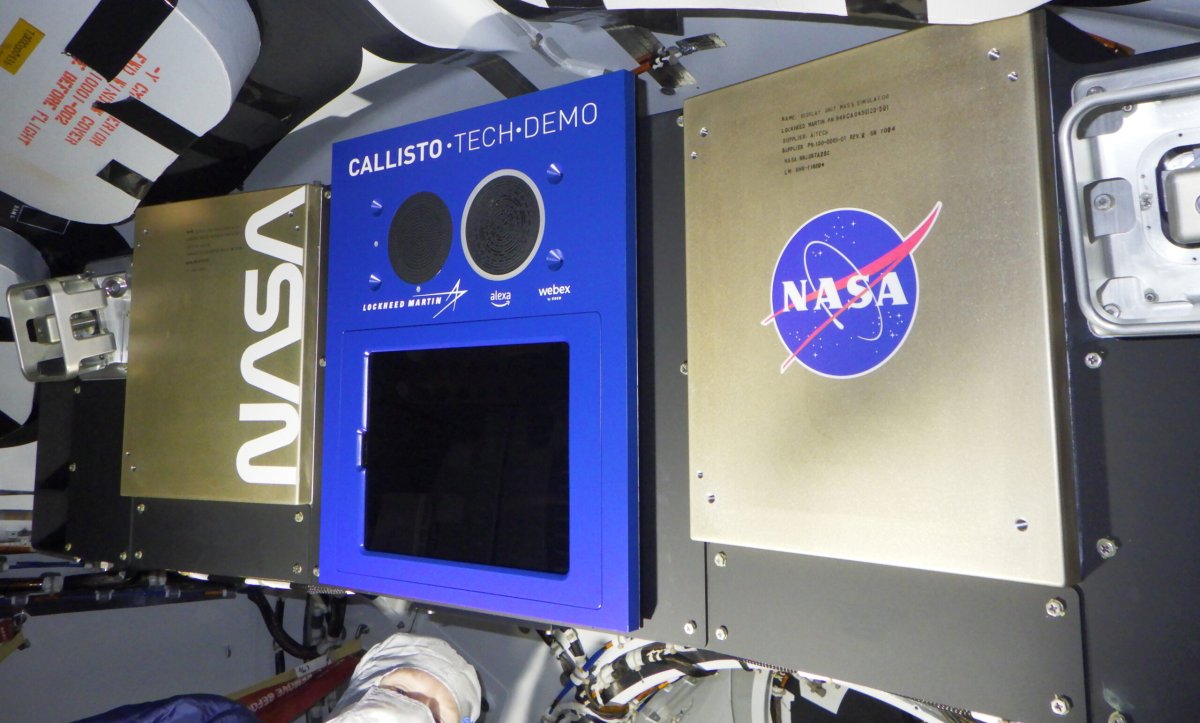We got tractor beams. Let's goooooooooooooooooooooooooooooooooooooooooooooooooooooooooooooooooo

Scientists Think They've Figured Out How to Build a Real-Life Tractor Beam
Caroline Delbert
Tue, July 23, 2024 at 10:00 a.m. EDT·4 min read
Did Scientists Learn How to Build a Tractor Beam?Naeblys - Getty Images
The quest for a real life tractor beam continues, with a 2-micrometer-thick silicon light bender.
The silicon metasurface changes a solid beam into a triple spiral one that can pick up particles.
Using a metasurface means a much lighter and smaller assembly for a working beam.
A
tractor beam—a special beam of electromagnetic radiation that draws particles toward it instead of pushing them away—might be a concept straight from
Star Trek, but scientists from the Australian Research Council’s Centre of Excellence for Transformative Meta-Optical Systems (TMOS) have recently taken steps toward a more portable way to generate one in real life.
The Melbourne-based research team says that this could lead to better, less invasive technology that could perform a biopsy without the cell trauma caused even by the smallest handheld tweezers or needles. The team’s
paper appears now in the peer-reviewed journal
ACS Photonics (from the American Chemical Society).
While “tractor beam” makes us think of science fiction and intergalactic tow trucks, the most realistic application of a near-future tractor beam is in healthcare. Today, people who need biopsies are subjected to, at the very least, a needle wide enough to take a sample of
cells. Often, the procedures are more involved (like those that involve handheld forceps) and leave more tissue damage in their wake. These procedures are very safe and essential, but medical care with less or no cutting is almost always safer and less painful than what came before.
The secret of this new tech is the triple helix solenoid beam—a twist of three “strands” of light that form an overall tunnel or tube shape. They’re generated by passing a normal beam of light (also known as a Gaussian beam) through a specially created metasurface, which itself functions like a pasta extruder or light stencil. The metasurface is made of whisper-thin nanopatterned silicon on a panel of
glass. Metasurfaces, in general, use micro-etched or prepared surfaces to change the form of electromagnetic waves. Different types have different outcomes, like a variety pack of pasta-shaping plates.
In a
statement, TMOS said that the beam draws particles up in a similar way to how a drill bit pulls sawdust. The three strands of the triple helix end up cradling a
particle, which is something simple optical (laser) tweezers can also do. But the new part is the traction, or ‘tractor-ing,’ created by the twisting motion of the solenoid beam. These unusual beams were developed beginning in the late ‘00s and
publicized by NASA research in 2011. The idea quickly gained... traction.
This new paper follows conference presentations in 2020 and 2021 by three of the same researchers. Once the basic premise of the solenoid
beam was established, with its ability to draw in particles rather than push them away, researchers shifted to changing up the setup and fine-tuned details in order to make the most coherent beam.
This beam improves on both the amount of light energy retained in the conversion from Gaussian beam to solenoid beam and the coherence of the beam itself. Previously, solenoid tractor beams used spatial light modulators (SLMs, which work fine, but are large and bulky in a way that isn’t conducive to more handheld applications. It’s like bringing an overhead projector into a dark hallway instead of a flashlight. By using a much smaller setup with a prepared
silicon microwafer, the researchers have kept efficiency very high while losing a ton of bulk and equipment cost.
To be clear, this paper details the new metasurface—the “plate” that turns regular
light into a spiraling tractor beam. It’s not about the beam’s ability to then draw in particles, which is well established at this point. The team goes through the recent history of that research in their introduction, including the significant progress made since they first began presenting these ideas in 2020. They conclude that their new metasurface could become an important part of making tractor beams even better.
“Various innovative methods have been explored. However, these pioneering works have confronted
challenges related to beam quality, efficiency, and the need for modulation of the beam in time,” the team wrote. “Our device has a transmission efficiency of ∼76% that, along with the small size, weight, and cost of the metasurface approach, renders it as a promising alternative to SLM-based systems for a range of applications.”












